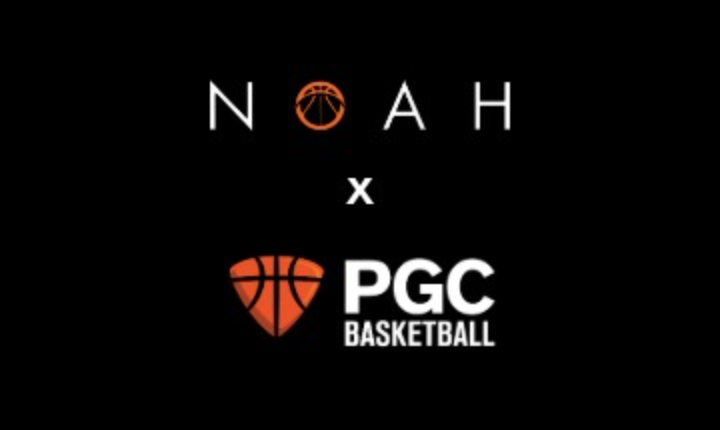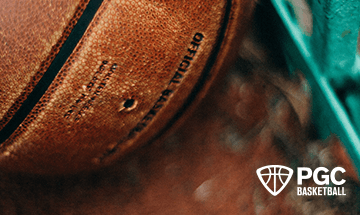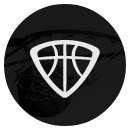Connecting with 1st Punch – Inviting Contact
Basketball is a contact sport. Period. In varying degrees of training, I seldom see coaches and athletes work against defensive contact. If an offensive player doesn’t make that first punch though, good luck making it beyond the first round, or first line of defense in basketball terms.
As an offensive player with the basketball, you want to have an attack mindset and operate in straight lines, not loops and arcs. Too often, players allow defensive contact to force their penetration off their line of attack. This happens because the skill is not consolidated by athletes.
Basketball players aren’t used to constant contact, nor having to play through the contact an entire game. As coaches, we need to progressively introduce contact more often in our practices. As athletes, we need to acquire the skill and become comfortable playing against contact. I find this especially true with female athletes.
Think of a football team. Good football teams have contact involved in most drills – even if it’s light contact. (My younger brother is a highly skilled high school junior who plays wide receiver and has a chance at Division I football, so I’ve been to quite a few football workouts). Football players love contact. They invite the contact. They welcome the contact. As a result, any good receiver knows to make catches in the open field, he’s got to hit the defender first. The same can be applied to the game of basketball.
I avoided contact throughout most of my career. Yet after attending PGC the first time, I continued to hear this repeated phrase in my sleep: A bump on the hip or a slap on the wrist shouldn’t deter you from making a strong, powerful move to the basket. I wanted to become that strong, powerful player, and I realized the area in my game that needed improvement was around inviting contact.
I encourage both athletes and coaches to consider this thought and implement more training against contact in your drills and practices. Just like in any good fight, the first punch is critical. As an offensive player, you’ve got to initiate the contact with the defender or you’re in for a knockout.
Related Articles
PGC Partnership Announcement with NOAH
A new study of 100M+ shots reveals NBA teams’ secret to better shooting. Learn how PGC Basketball and Noah bring pro-level feedback to every gym.
#1 Thing College Basketball Coaches Hate in a Recruit
A short while back on a PGC mentorship Zoom call, a player asked Yale Women’s Assistant Coach, Amber Raisner, “what’s the #1 thing you look for when deciding who NOT to recruit for your team?” Click to get the answer
5 Habits That Can Make Undersized Point Guards Unstoppable
When it comes to basketball, size isn’t everything. For undersized point guards, mastering specific skills and habits can not only level the playing field but also make them truly unstoppable.
About PGC
PGC Basketball provides intense, no-nonsense basketball training for players and coaches. Our basketball camps are designed to teach players of all positions to play smart basketball, be coaches on the court, and be leaders in practices, games and in everyday life.
We combine our unique PGC culture with a variety of teaching methods and learning environments to maximize the learning potential of those that attend our sessions. In addition to spending 6-7 hours on the court each day, lessons will be reinforced through classroom sessions and video analysis.
Our goal at PGC is to empower you with the tools to fulfill your basketball dreams, while also assisting you in experiencing the joy of the journey.
To learn more about PGC Basketball, including additional basketball training tips and videos, visit our YouTube Channel or find us on Facebook, Instagram, and Twitter.






Share This Post